Thousands of paper cranes are burned during a ceremony at Daisho-in Temple. Photo: AFP
For a decade, the Daisho-in temple on Miyajima Island, across from Hiroshima, has held a ritual to burn the millions of paper cranes sent to the city each year. The ceremony honors the sentiments that go into each crane.
And since 2015, after burning paper cranes, people use the ashes to glaze ceramic incense burners and candle holders.
For decades, paper cranes have been sent to Hiroshima from all over the world. This started with the story of Sadako Sasaki, a 2-year-old girl who lived in Hiroshima when the US dropped an atomic bomb on the city on August 6, 1945. She later contracted leukemia and was hospitalized. She folded 1,000 paper cranes in the belief that this would make her wish come true.
Sasaki died at the age of 12, one of 140,000 people killed directly by the atomic bomb in 1945 or in its aftermath. The paper cranes have become a symbol of the impact of the atomic bomb and a popular way toeducate children about the event.
For years, the paper cranes were sent to Hiroshima and left at memorials. City cleaners occasionally disposed of them. It wasn’t until 2012, when the city sought better ways to dispose of the cranes, that Kinya Saito of the peace group Nagomi Project proposed burning the cranes in a ritual.
“I think the sentiment will follow the smoke and be sent to the victims of the atomic bomb,” he said.
Monk Yoyu Mimatsu blows a conch shell during a paper crane burning ceremony. Photo: AFP
For the past decade, Yoyu Mimatsu, a monk at Daisho-in Temple, has presided over the paper crane burning ceremony. After blowing the conch shell, the monk sits at a table in front of the fire and chants sutras for the souls of the victims of the bombing.
Taigendo Pottery in Hatsukaichi, Hiroshima, has a 100-year tradition of receiving ash from burning paper cranes to glaze ceramics.
This is an artistic project, but it also directly relates to Kosai Yamane, the third generation of the family that runs the Taigendo pottery factory. When the atomic bomb was dropped in 1945, Kosai Yamane’s mother was only 14 years old and had a large scar on her elbow. As a child, he only saw his mother wearing long-sleeved shirts, apparently to avoid seeing the scar and talking about it.
Mr. Kosai Yamane at the Taigendo pottery workshop in Hatsukaichi, Hiroshima. Photo: AFP
Mr. Yamane (60 years old) believes that the ashes of paper cranes should not be used to glaze everyday objects and should be used to convey the message of peace from Hiroshima.
He first decided to produce an exquisite crane-shaped incense burner, then began producing candlesticks. They have tops that resemble the shape of the Children's Peace Monument in Hiroshima.
Mr. Yamane was surprised to learn that Japanese Prime Minister Kishida Fumio gave this candlestick to Ukrainian President Volodymyr Zelensky last March.
On the morning of May 19, the Group of Seven (G7) Summit officially opened with the leaders visiting the Hiroshima Peace Memorial Museum. This was the first time all G7 leaders had visited the Hiroshima Memorial Museum, which displays the aftermath of the US atomic bombing of the city on August 6, 1945.
Host country Prime Minister Fumio Kishida stressed the need for G7 leaders to witness the consequences of using atomic bombs with their own eyes. He set the issue of nuclear disarmament as the main topic on the agenda of this G7 summit, considering it the starting point for all future nuclear disarmament efforts.
Source link


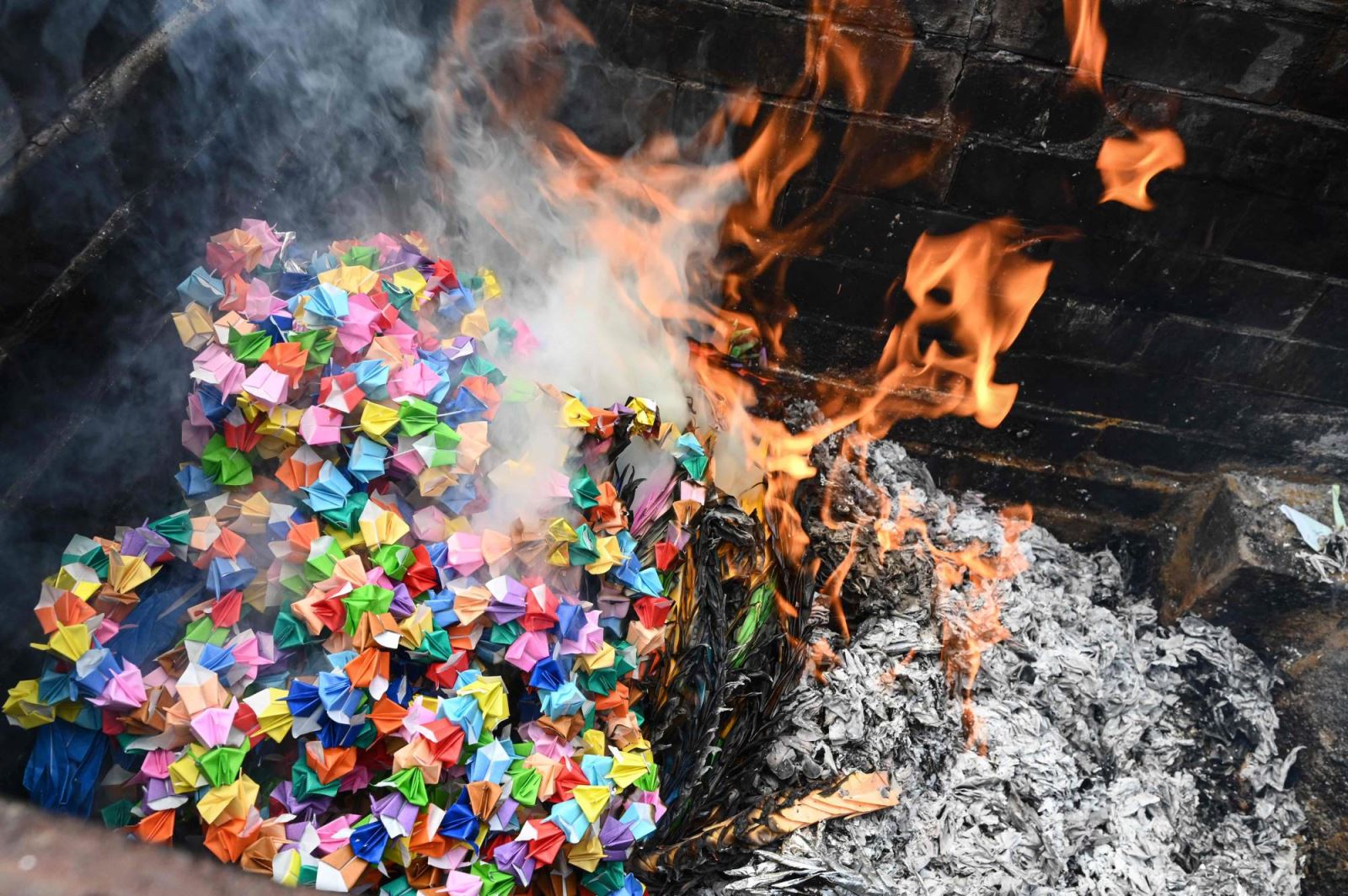
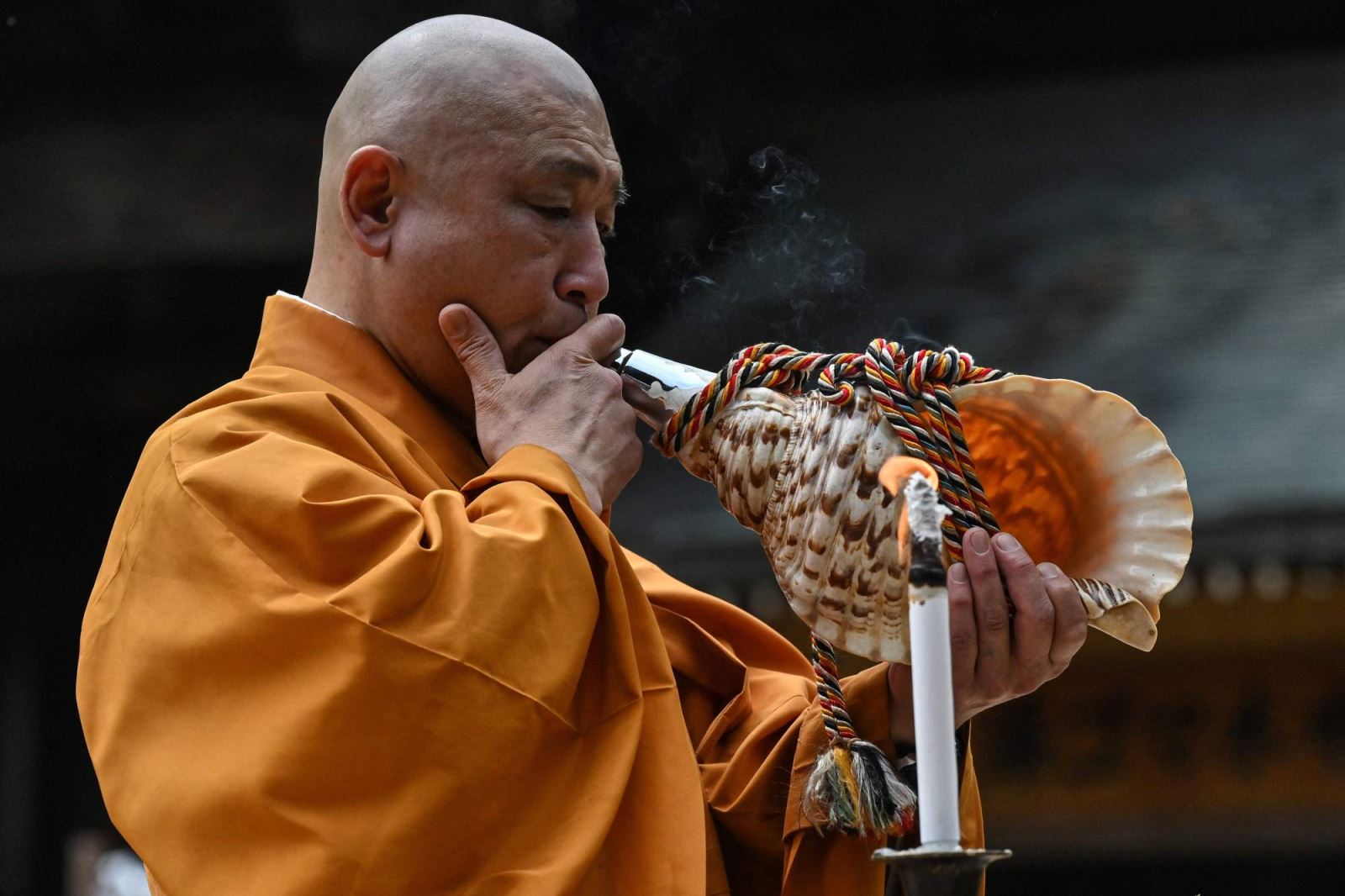
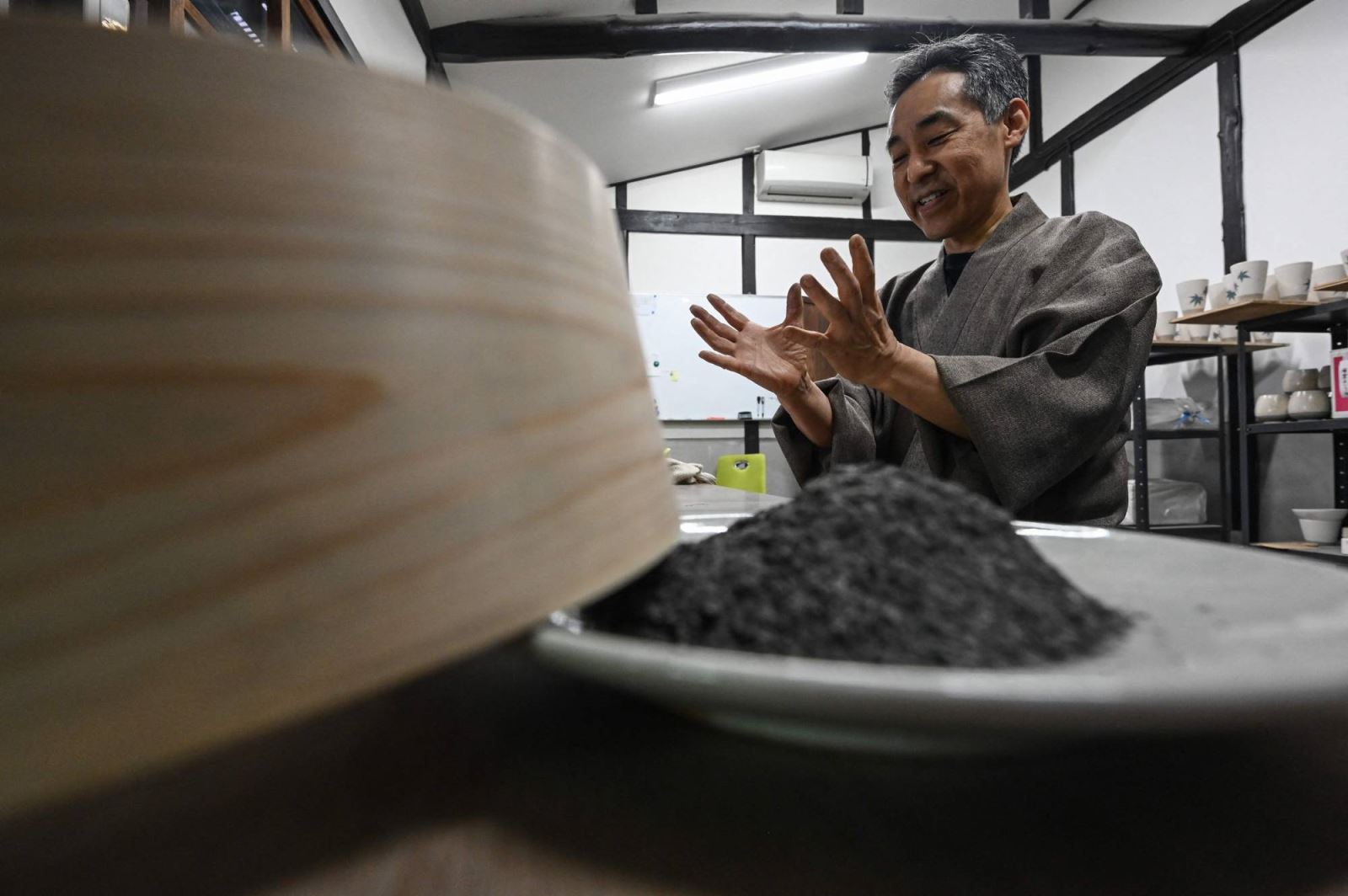


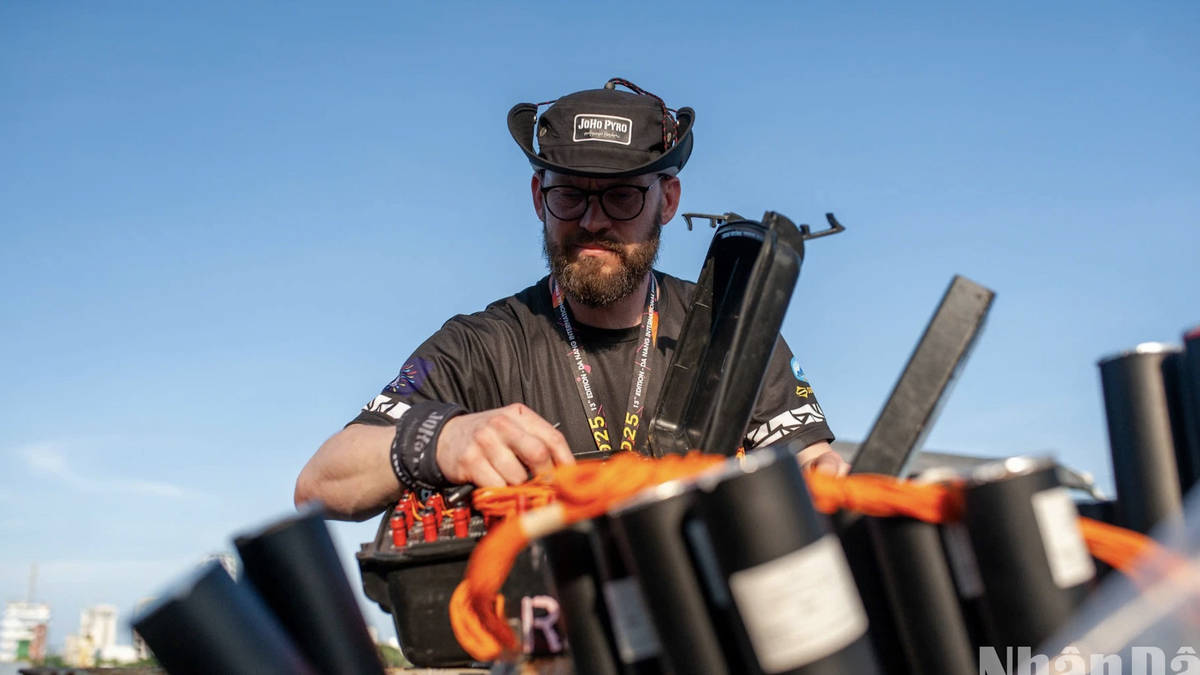
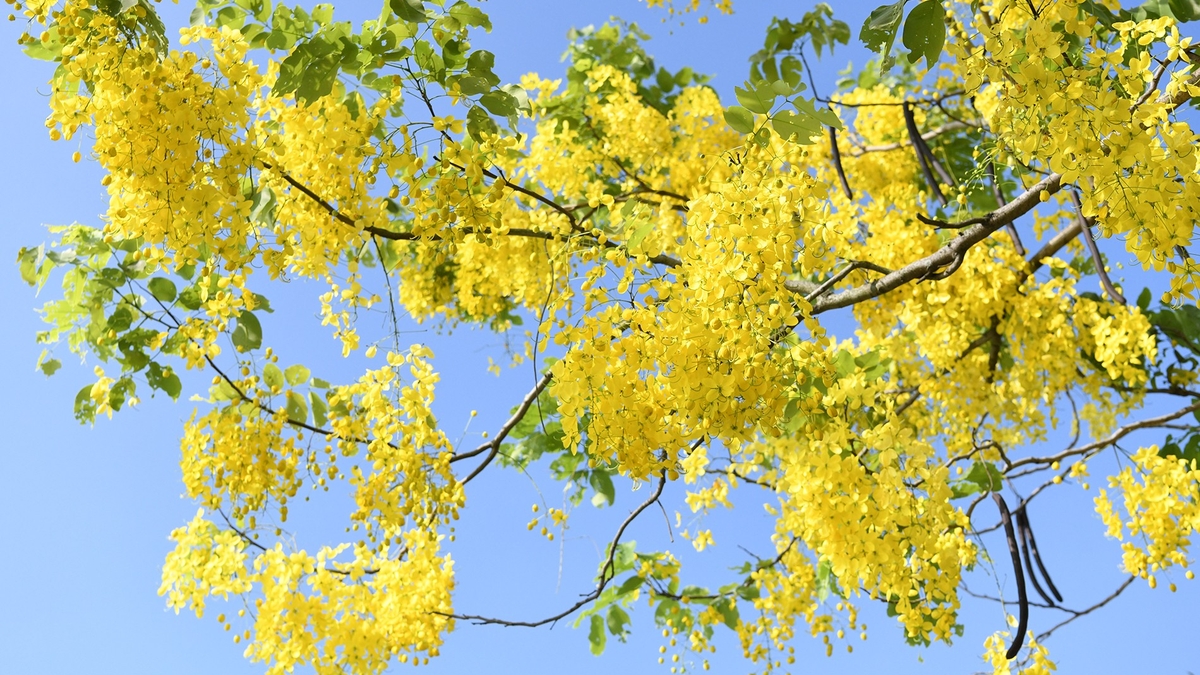
![[Photo] Vietnamese and Hungarian leaders attend the opening of the exhibition by photographer Bozoky Dezso](https://vphoto.vietnam.vn/thumb/1200x675/vietnam/resource/IMAGE/2025/5/29/94d8ceca5db14af3bf31285551ae4bb3)
![[Photo] Prime Minister Pham Minh Chinh meets with Hungarian President Sulyok Tamas](https://vphoto.vietnam.vn/thumb/1200x675/vietnam/resource/IMAGE/2025/5/29/dbcaa73e92ea4448a03fe1d0de6d68e8)
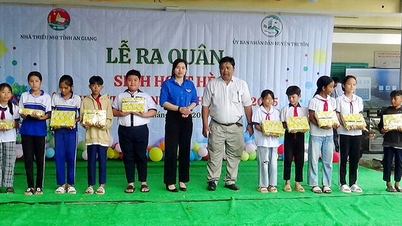
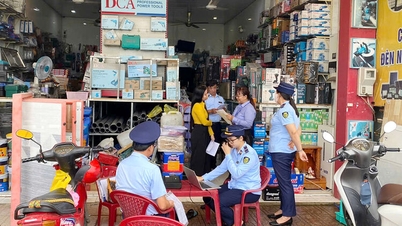
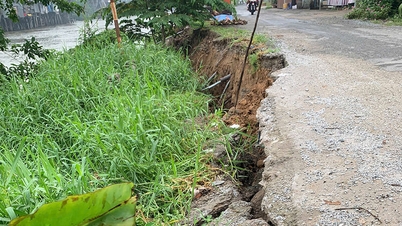
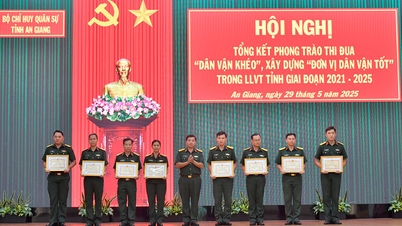
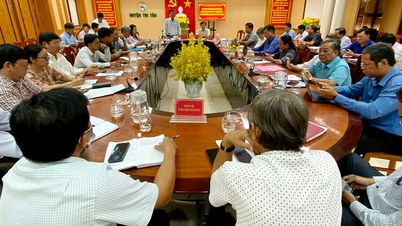
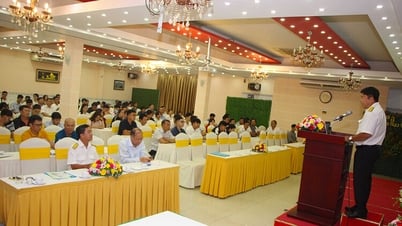




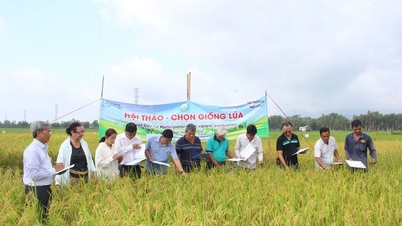
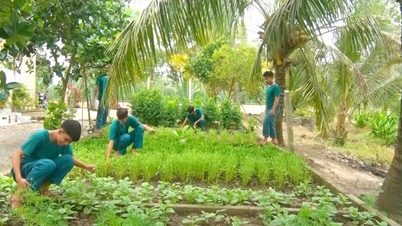
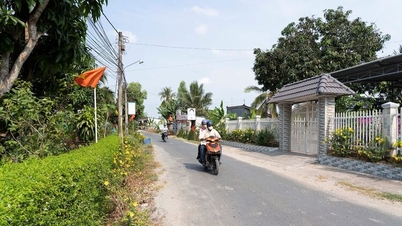

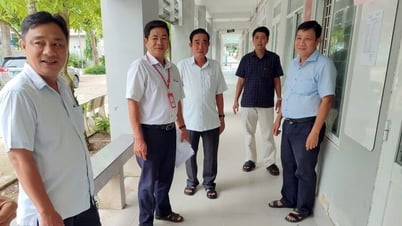
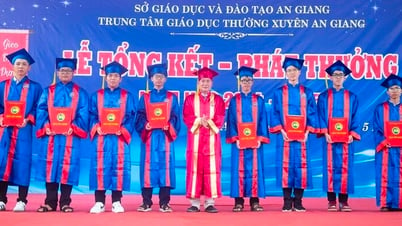
![[Photo] Prime Minister Pham Minh Chinh receives a bipartisan delegation of US House of Representatives](https://vphoto.vietnam.vn/thumb/1200x675/vietnam/resource/IMAGE/2025/5/28/468e61546b664d3f98dc75f6a3c2c880)


























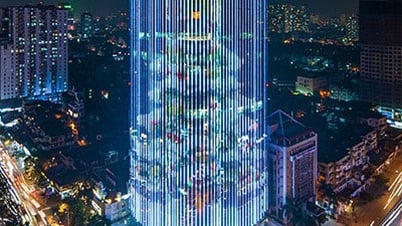
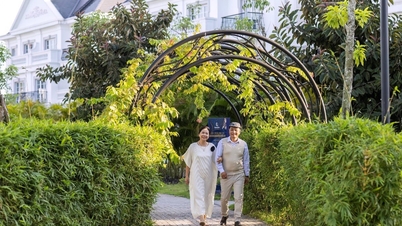

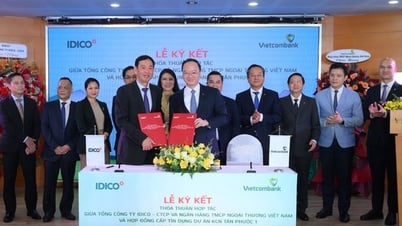

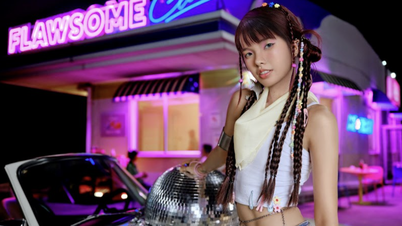
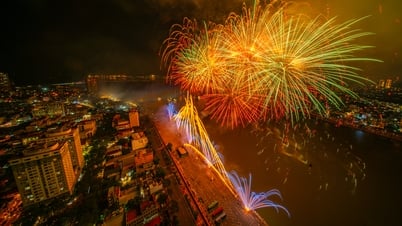
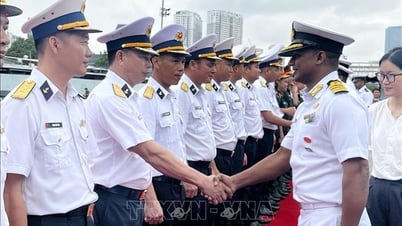

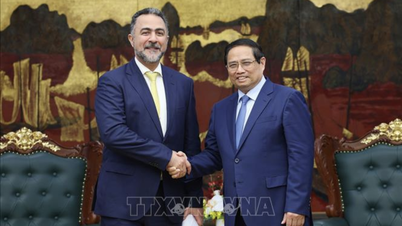

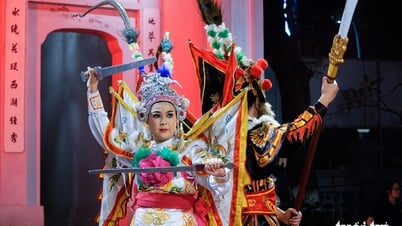
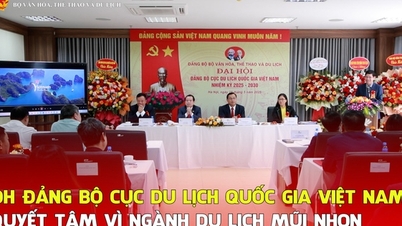
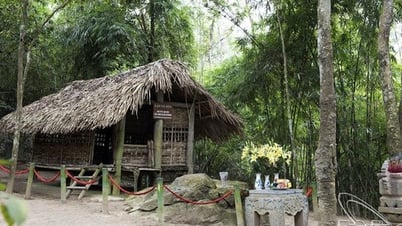
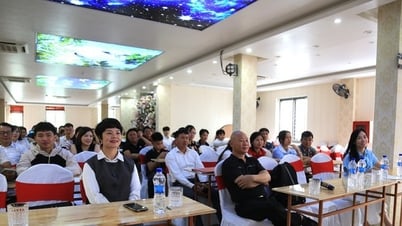
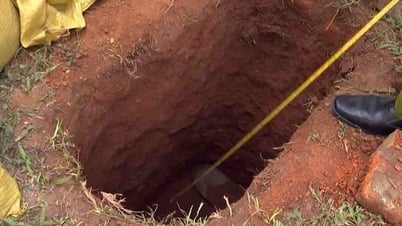
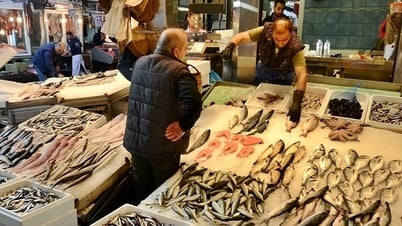



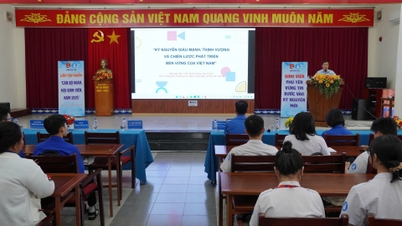


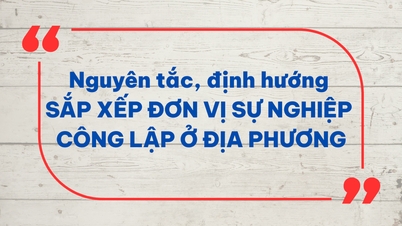
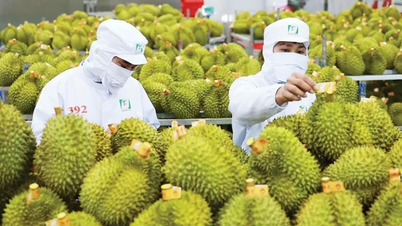

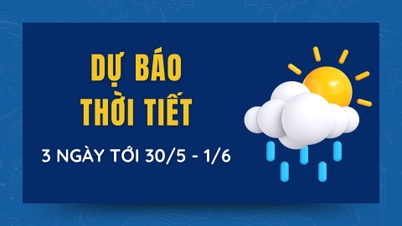









Comment (0)